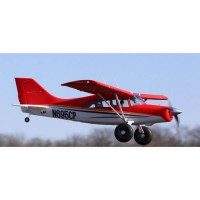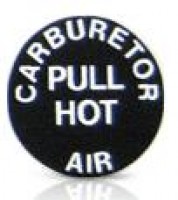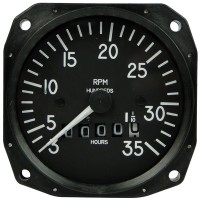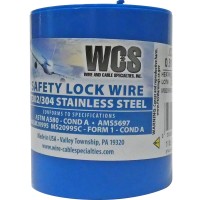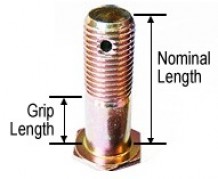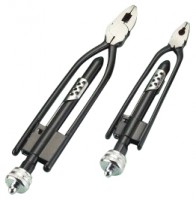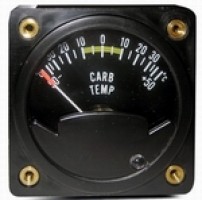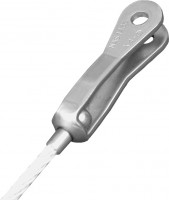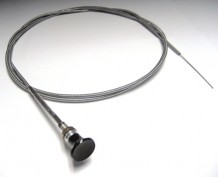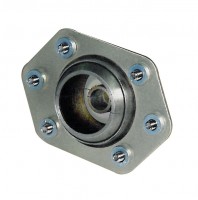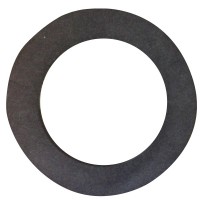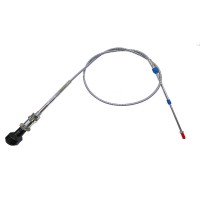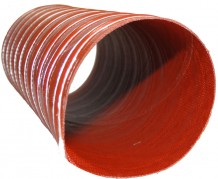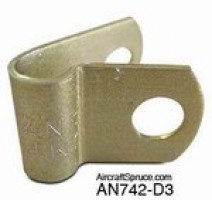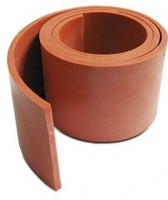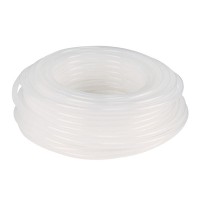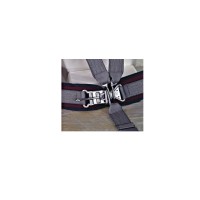A-730 Control 120 Black Knob
MFR Model# A-730-BL-1200
- JUMP TO
- Overview
- Reviews
- Q&A
- View in Catalog
Overview
|
(Solid Wire End) Simple design for push-pull operation with low friction characteristics. Has .050" dia. stainless steel wire core in flexible metal casing with polyethylene liner. May be shortened as required. Max. travel 3-1/2". Available with black or red plastic knob. Made in USA |
WARNING: Cancer and Reproductive Harm - www.P65Warnings.ca.gov. |
Reviews
Good quality
A-730 Control 120 Black Knob
As advertised.
Well made, smooth glide.....Im going to have to crimp its style a bit to make it move less easy
This seems to be high quality cable. I worked for my application perfectly.
Part arrived broken so I will be returning it for a refund
Q&A
Please note, Aircraft Spruce ®'s personnel are not certified aircraft mechanics and can only provide general support and ideas, which should not be relied upon or implemented in lieu of consulting an A&P or other qualified technician. Aircraft Spruce ® assumes no responsibility or liability for any issue or problem which may arise from any repair, modification or other work done from this knowledge base. Any product eligibility information provided here is based on general application guides and we recommend always referring to your specific aircraft parts manual, the parts manufacturer or consulting with a qualified mechanic.
The diameter of the knob on this control is approximately 1-1/8".
A-730 cables have a 3/16" O.D. housing.
It requires a 3/8" hole for mounting.
The knob has 10-32 threads. Loctite is used to secure the knob from the factory when threaded on.
No, it is a galvanized housing with an inner nylon liner.
A-730 controls have .050" diameter inner wire.
This cable does not have any specific application. It is a glide free cable with a solid wire end, so if your application calls for this style cable at this length, it should work very well. It is not an FAA approved unit.
You would first figure out the length for the inner cable and cut it to length. Then you would figure out the length of the outer coil casing(accounting for the stroke) and cut it. It may require a hacksaw or cutoff wheel to cut it.
Yes these are commonly used firewall forward on experimental aircraft.


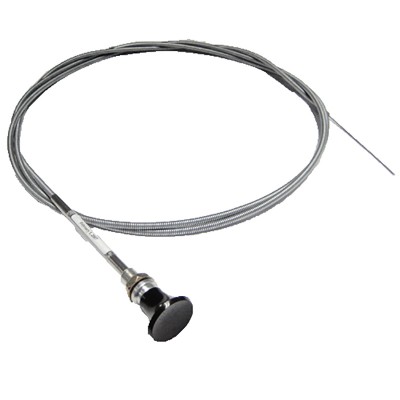





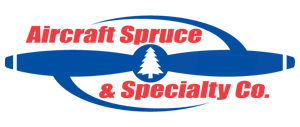 FREE Shipping
FREE Shipping
